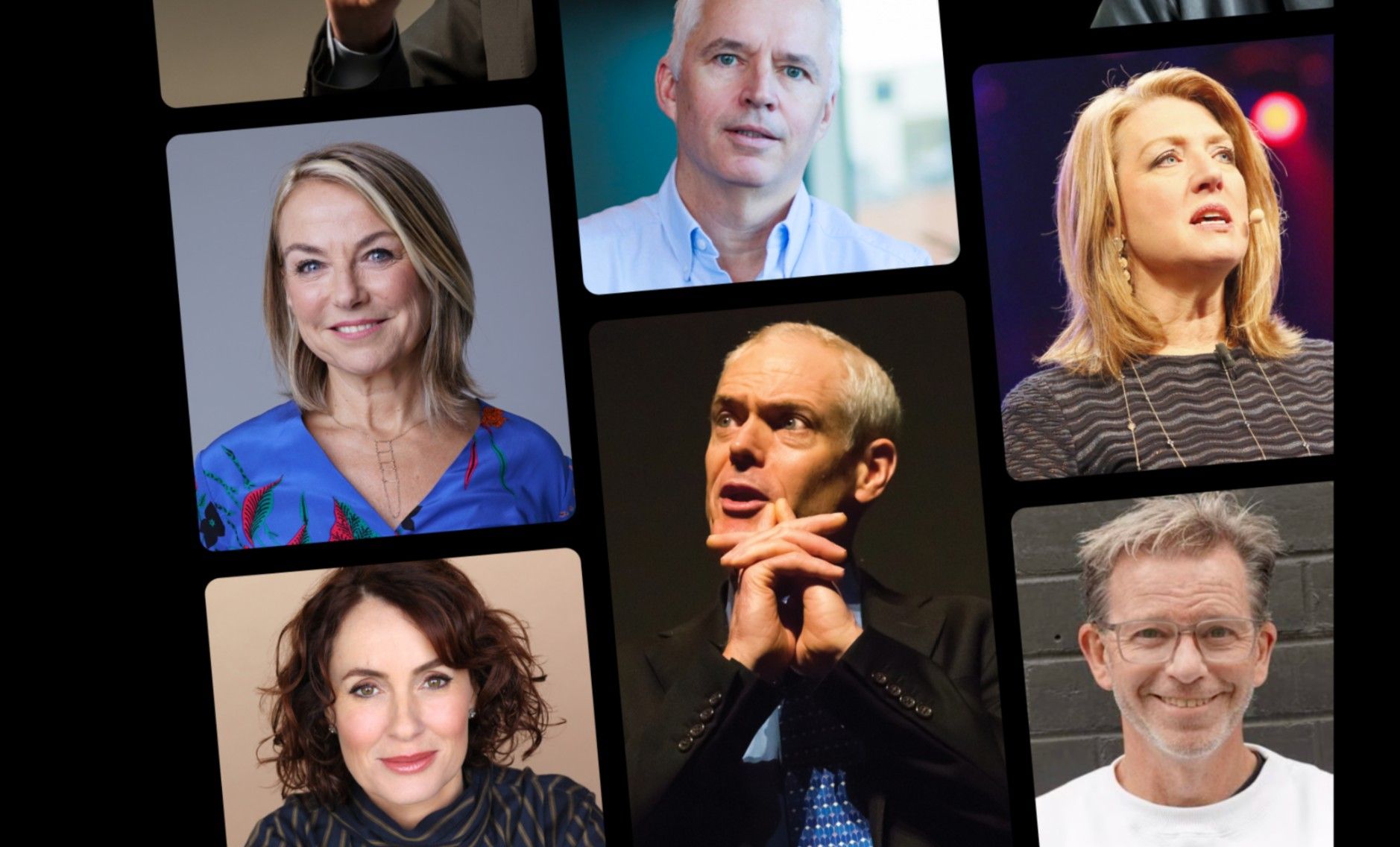How to Have More Influence at Work
Cialdini-certified Steve Martin on tools to influence others at work


People
Inspiration
Marketing
Steve Martin
Bestselling Author and Expert on Influence and Persuasion
Steve is a Royal Society nominated author and expert in the psychology of influence, persuasion and change. His books including the New York Times Bestseller Yes! -Secrets from the Science of Persuasion and Messengers, have sold over 1.75 million copies worldwide and have been translated into 27 languages.
A highly sought after adviser to leaders in business and policy, his work applying influence and persuasion science to business and public policy has been featured in the academic, national and international press including Nature, the New York Times, BBC TV & Radio, The Times, Washington Post, Harvard Business Review, The Economist, Financial Times and Time magazine.
Upcoming Learning
Who's Up Next?We're continually sourcing the world's greatest minds for your business success, so subscribe today for event updates, business ideas, leadership tips and tools for growth.
Related Articles



